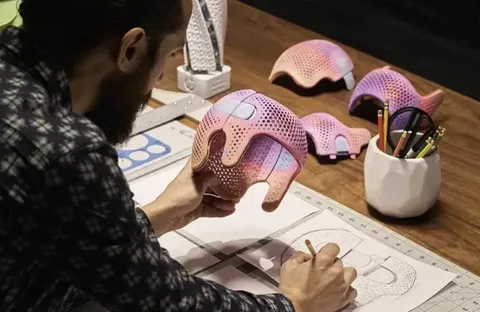The transformation of digital files into physical objects represents one of manufacturing’s most revolutionary advances. 3D printing, also known as additive manufacturing, offers unprecedented possibilities for turning concepts into reality. However, selecting the appropriate 3D printing technology proves crucial for project success.
Fused Deposition Modeling
Fused Deposition Modeling represents the most accessible 3D printing technology, utilizing thermoplastic filament extruded layer-by-layer to build objects. This 3D printing method offers cost-effectiveness and accommodates diverse material options, though it produces visible layer lines and lower resolution compared to other technologies. FDM 3D printing excels for basic prototypes, functional parts, and manufacturing aids like jigs and fixtures.
Stereolithography
Stereolithography 3D printing employs laser energy to cure liquid resin in precise patterns, creating highly detailed objects with exceptional surface quality. This 3D printing process achieves superior accuracy and smooth finishes, though resulting parts exhibit lower durability and material sensitivity to light exposure. SLA 3D printing performs optimally for detailed prototypes, visual models, and creating molds for secondary manufacturing processes.
Selective Laser Sintering
Selective Laser Sintering 3D printing uses laser energy to fuse nylon powder particles, creating robust parts without requiring support structures. This 3D printing capability enables incredibly complex geometries and durable components suitable for functional applications. SLS 3D printing excels for functional prototypes, end-use parts, and complex assemblies requiring mechanical strength and geometric freedom.
Additional Industrial 3D Printing Technologies
Multi Jet Fusion offers similar capabilities to SLS 3D printing but frequently delivers faster production speeds. Metal 3D printing technologies like Selective Laser Melting and Direct Metal Laser Sintering enable direct production of metal components, expanding additive manufacturing into high-performance applications previously impossible with traditional 3D printing materials.
Selecting the Right 3D Printing Technology
Choosing appropriate 3D printing technology requires evaluating specific project requirements. Consider the part’s intended purpose—whether visual representation or functional application. Assess required material properties, dimensional accuracy needs, surface quality expectations, and budget constraints. These factors guide selection between different 3D printing processes for optimal results.
3D Printing for Prototyping and Beyond
Understanding various 3D printing technologies empowers designers and engineers to select optimal processes for their specific applications. This knowledge enables efficient transformation of ideas into physical reality, whether for initial concept validation, functional testing, or direct production of end-use components through advanced additive manufacturing techniques.


